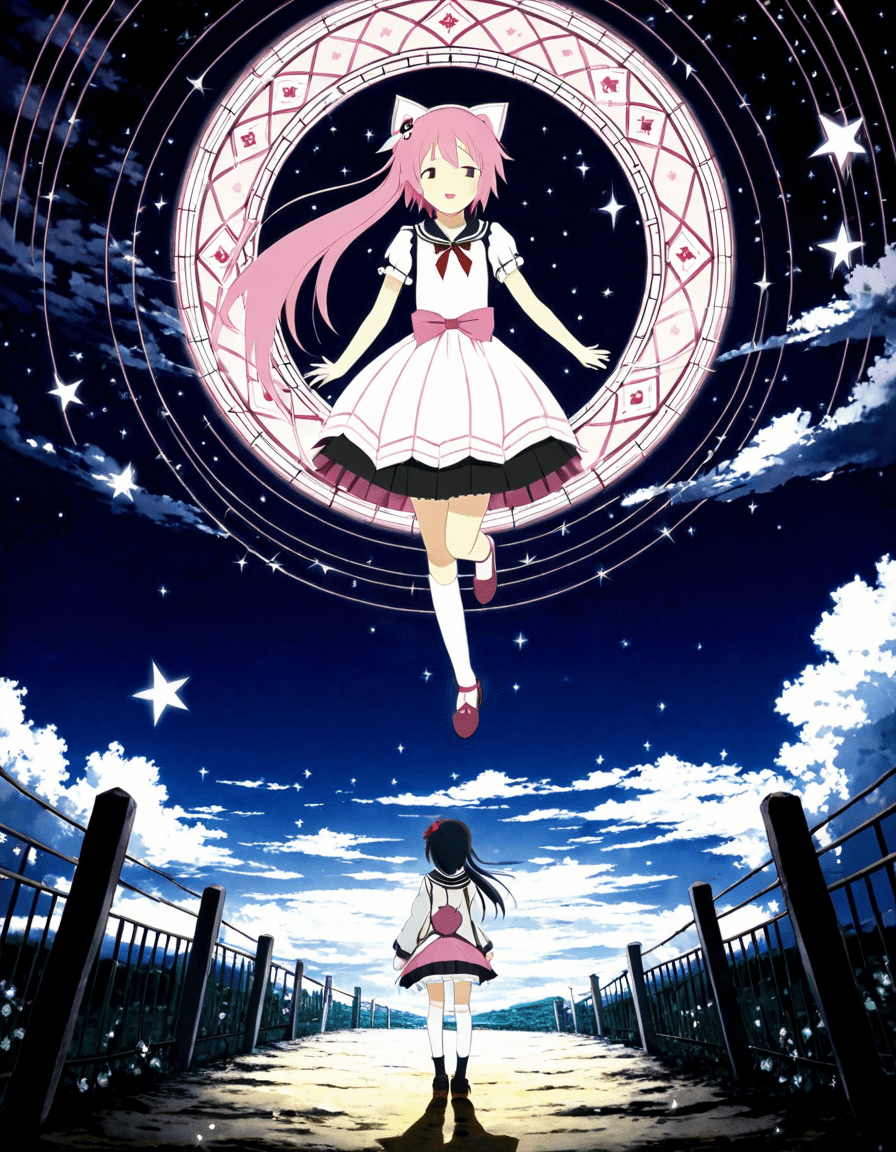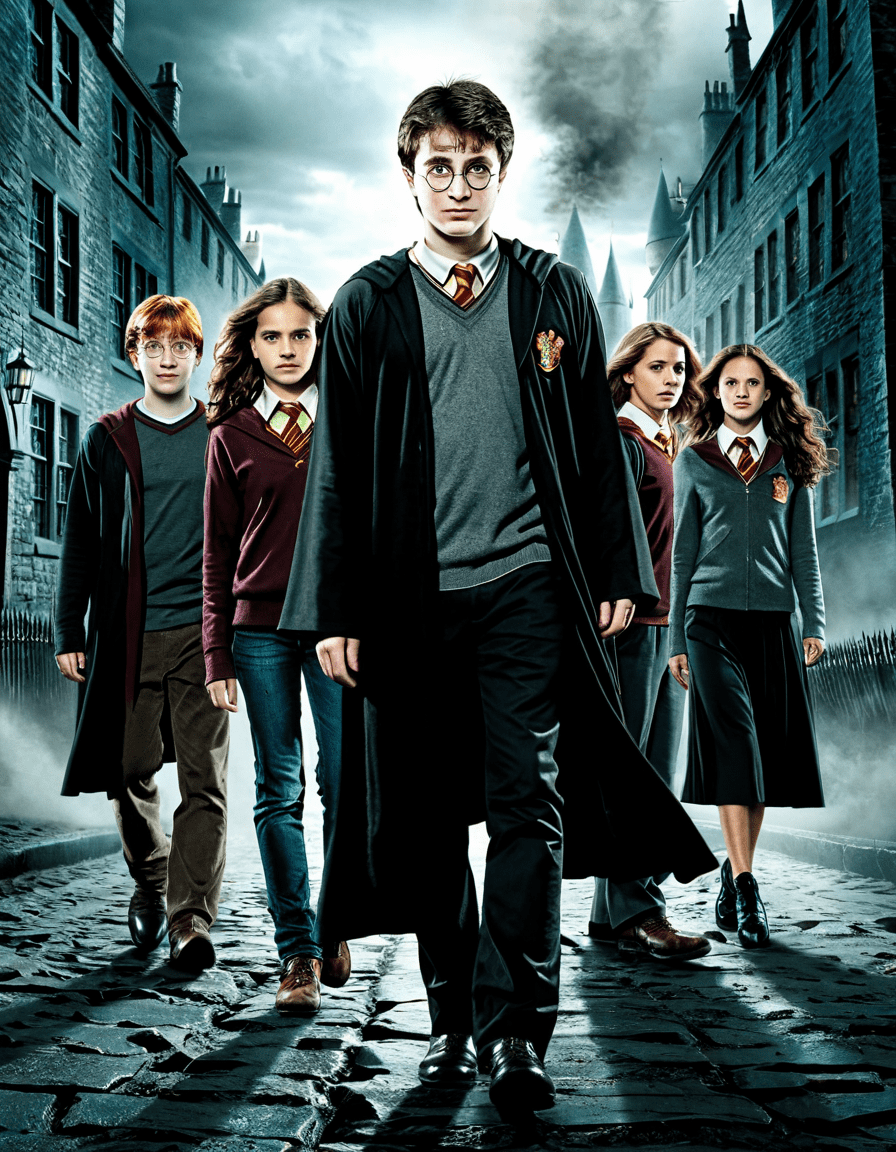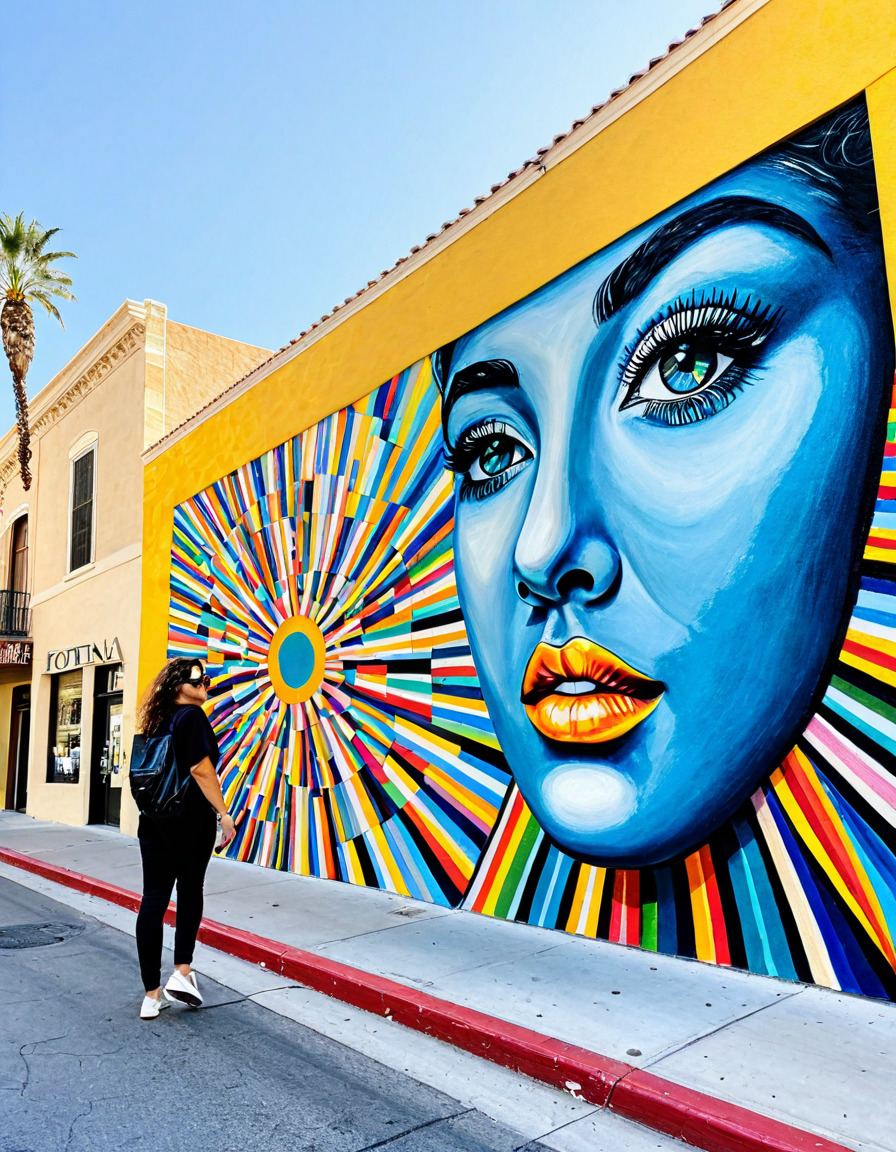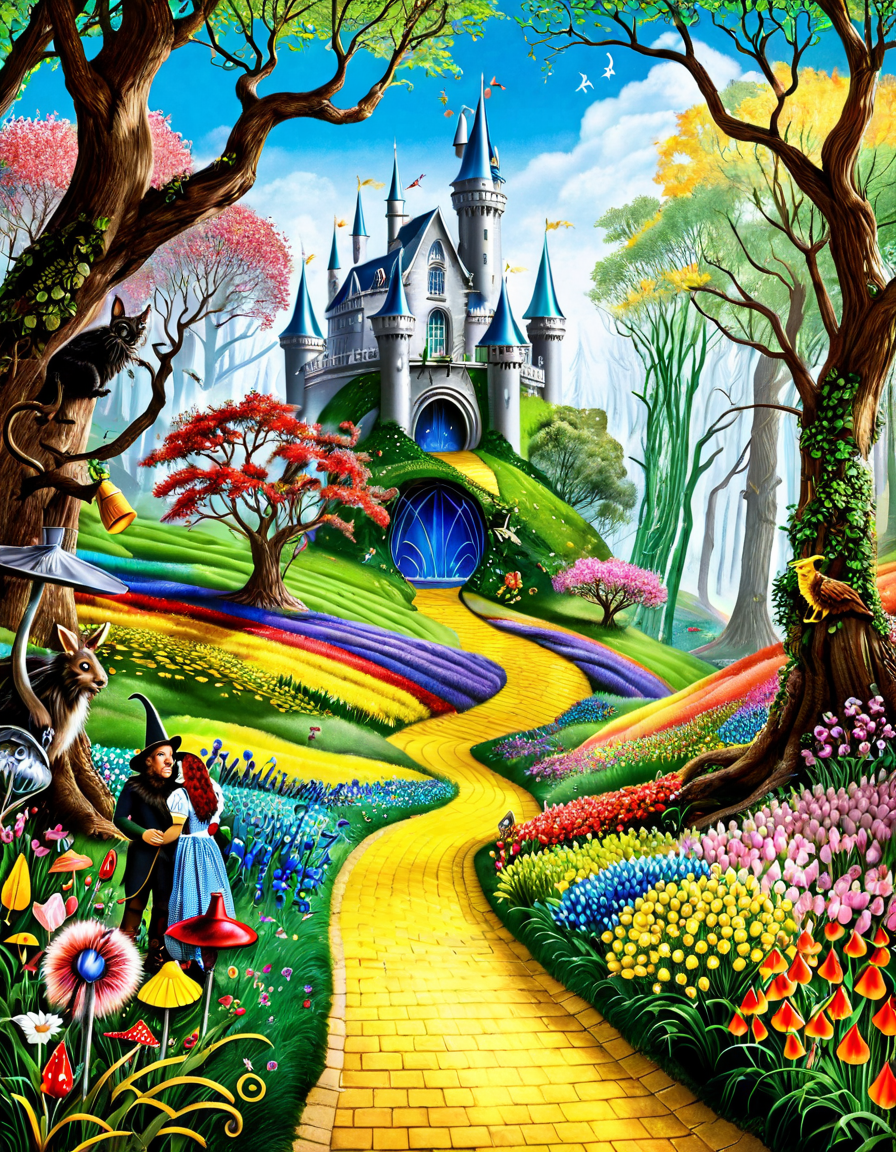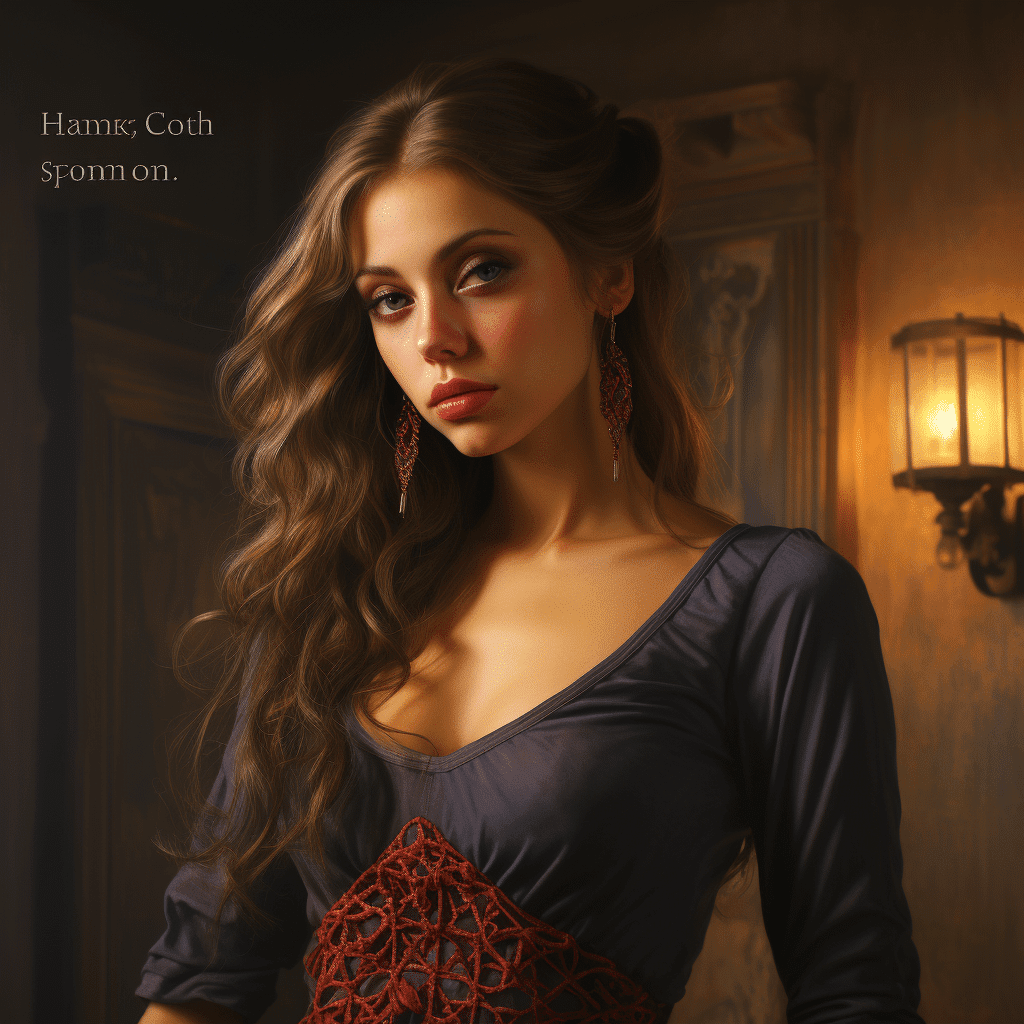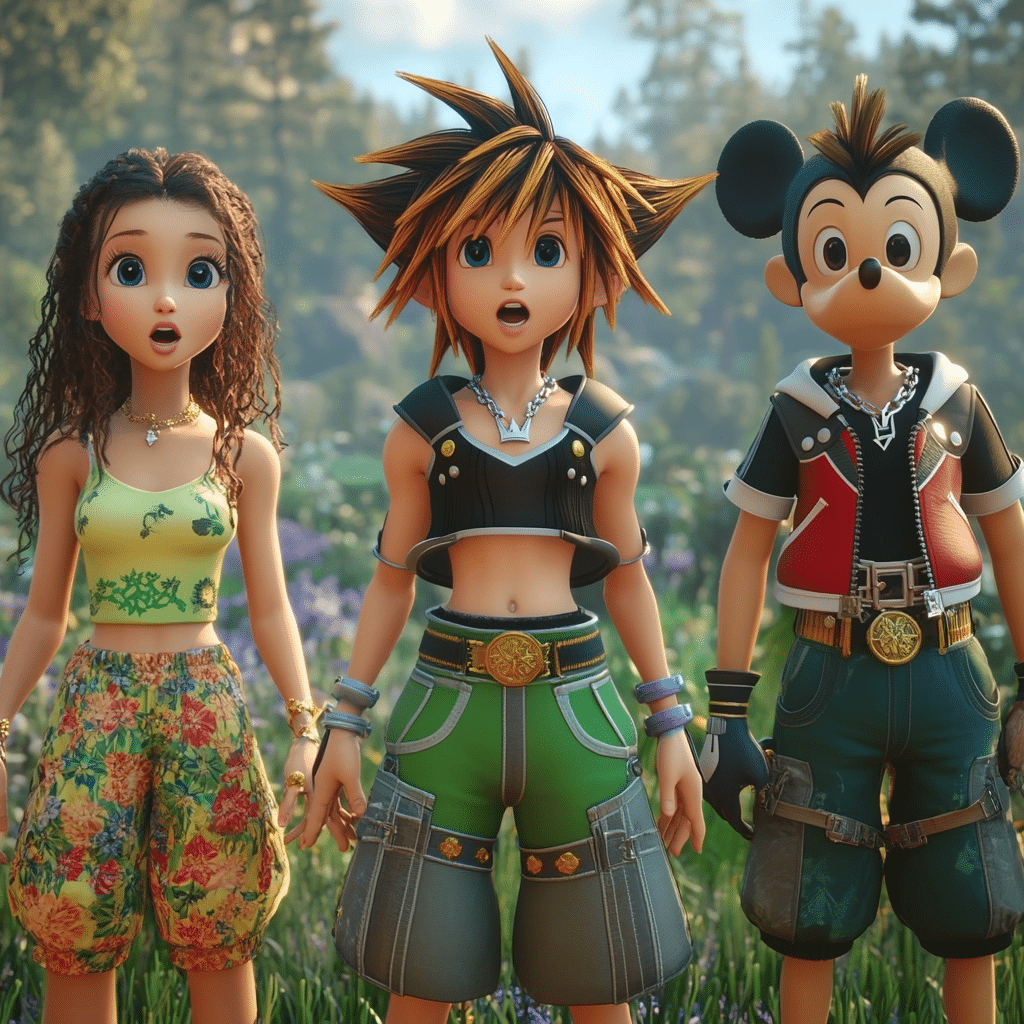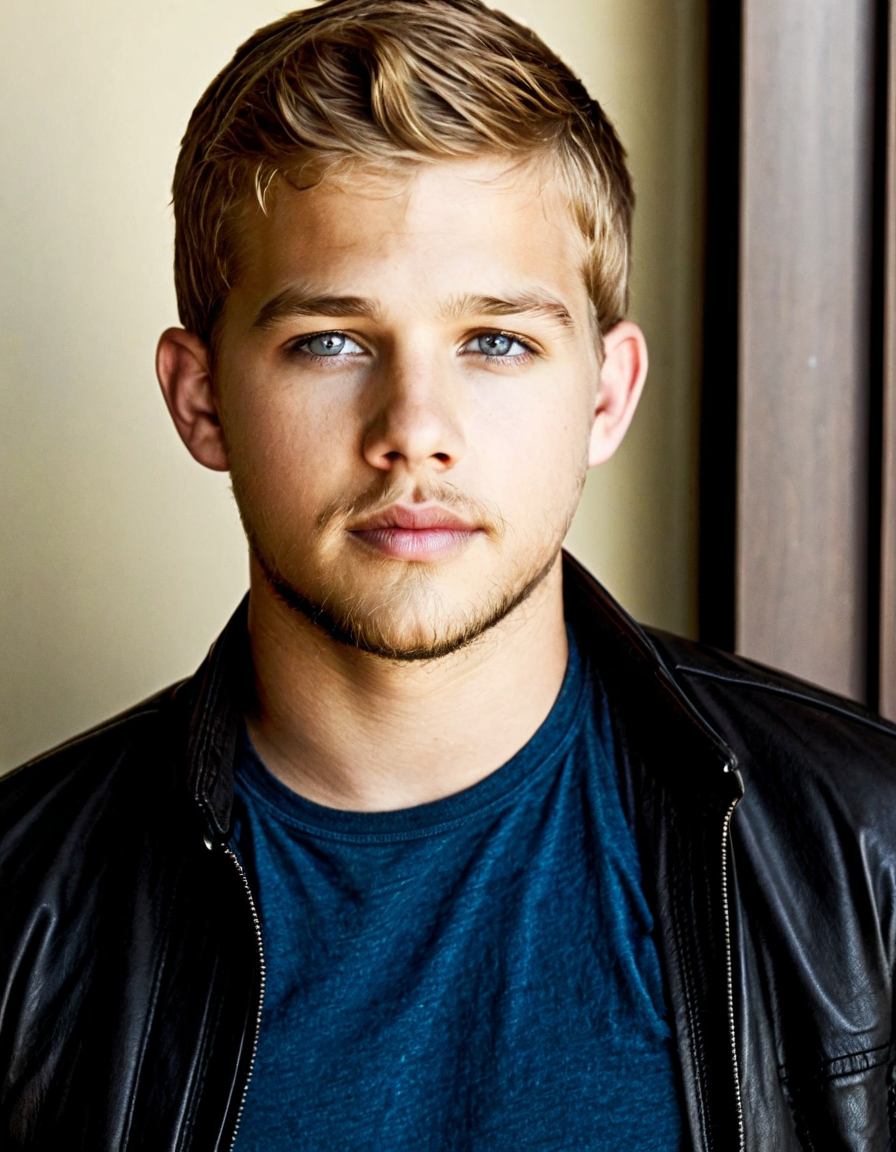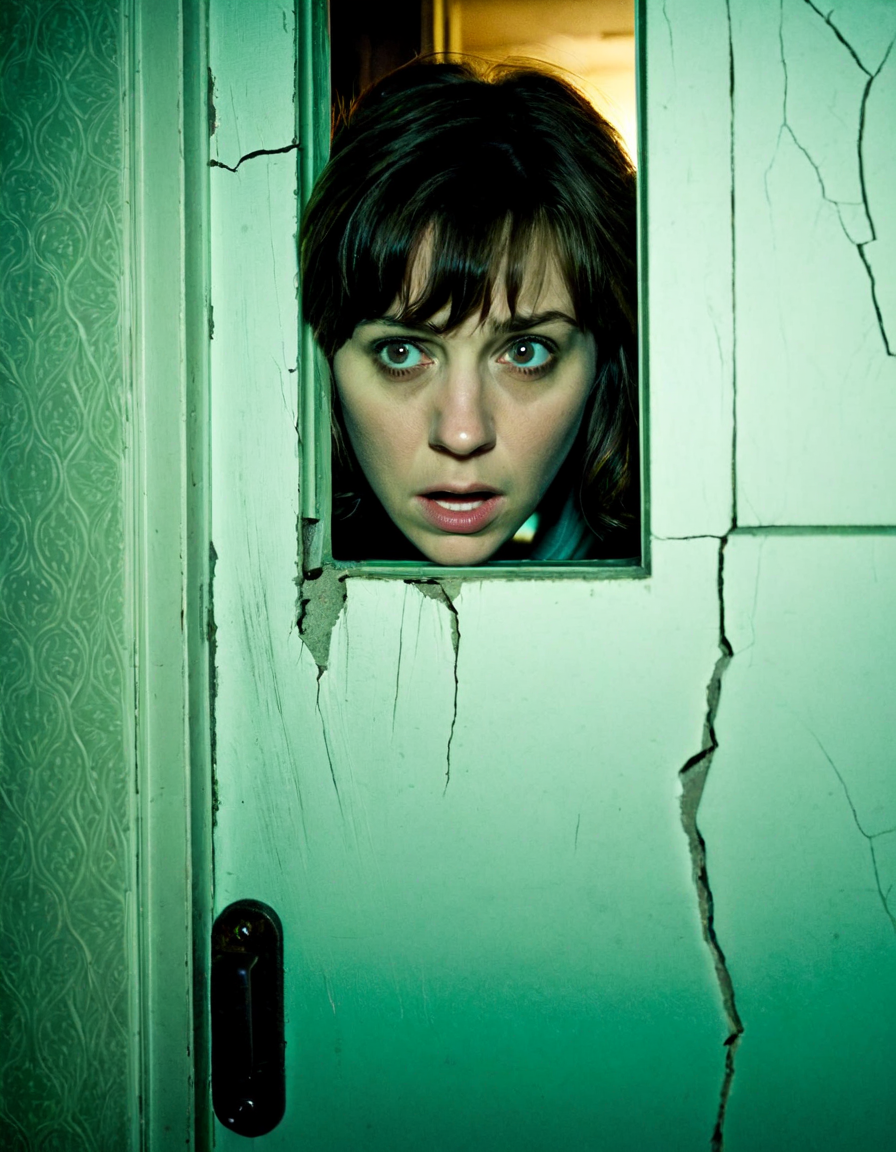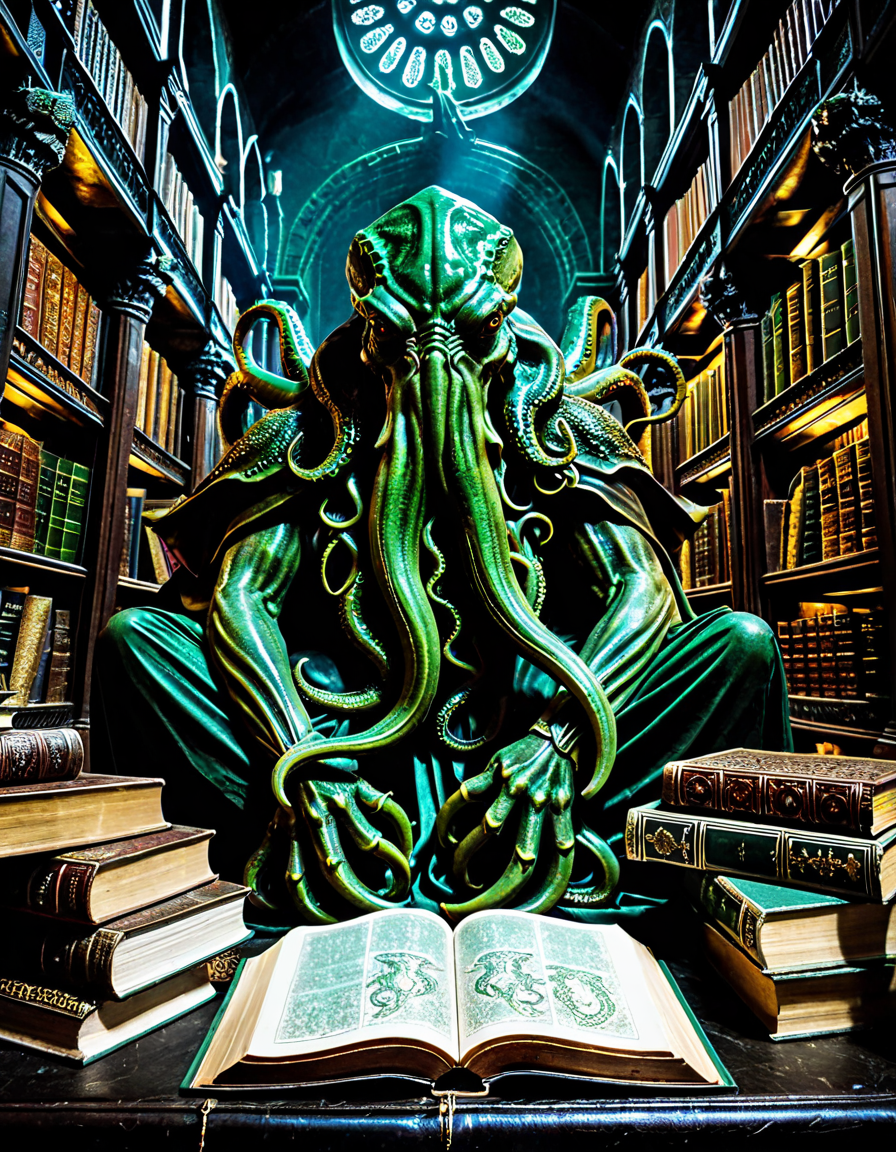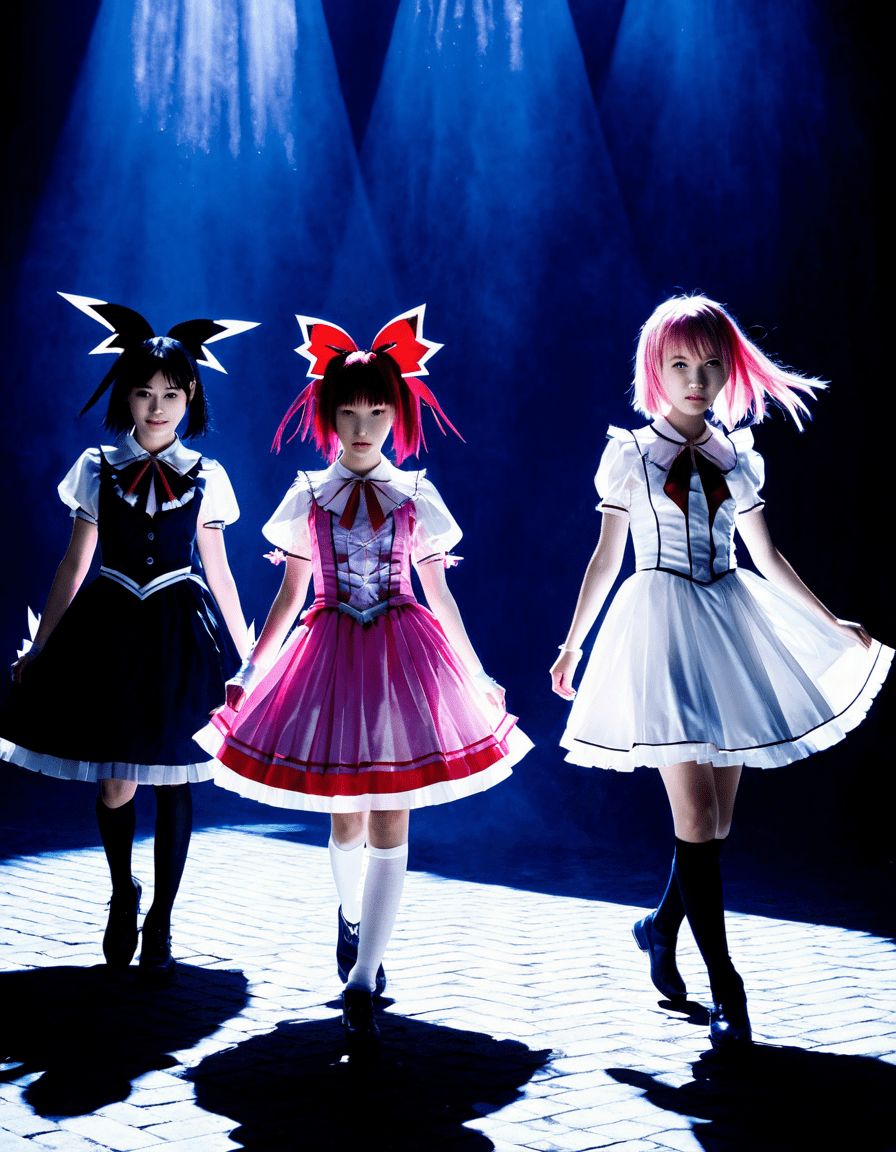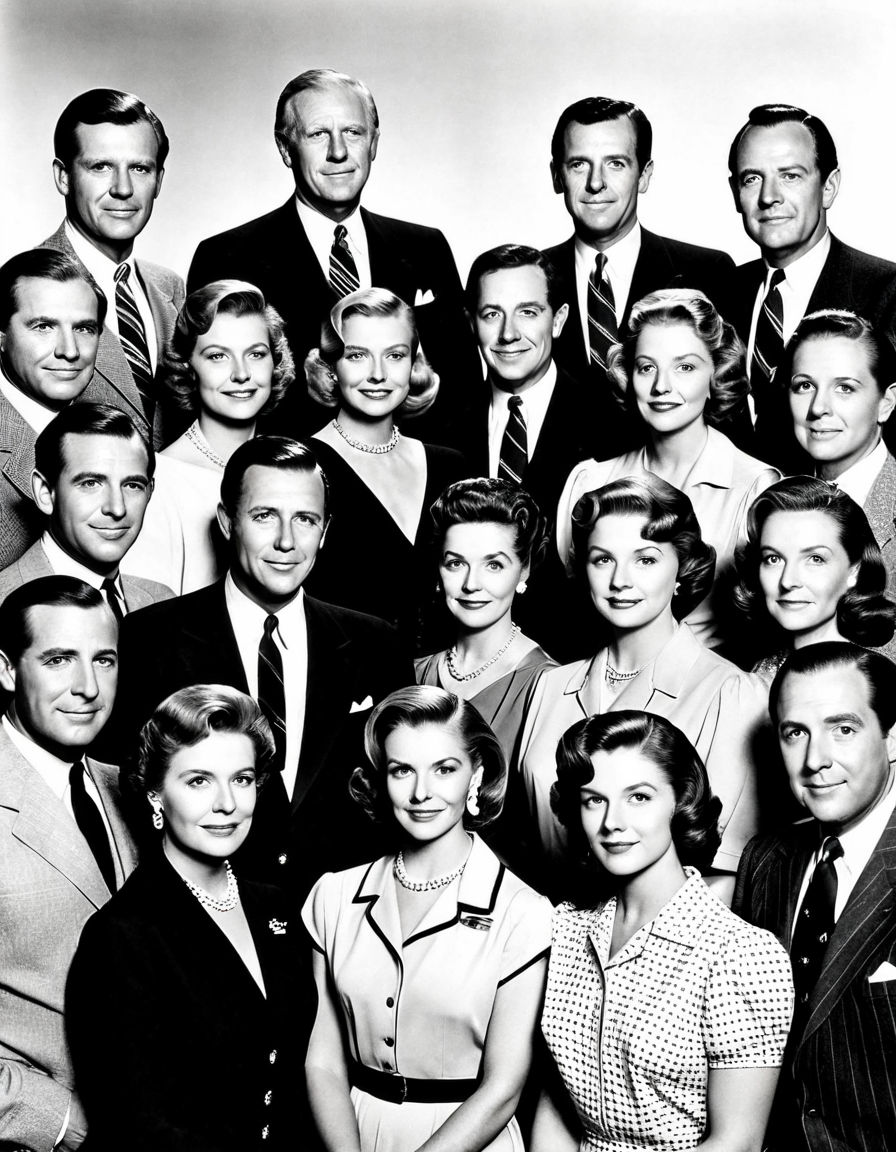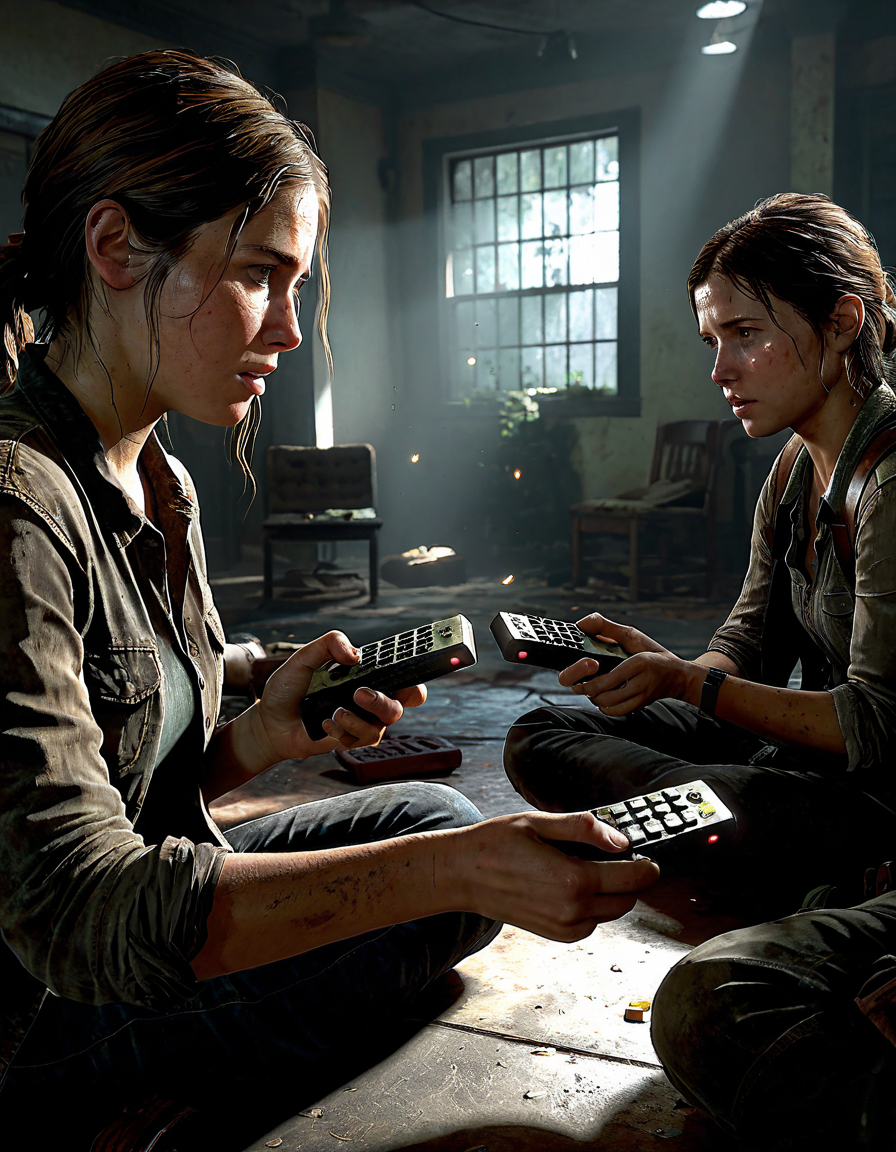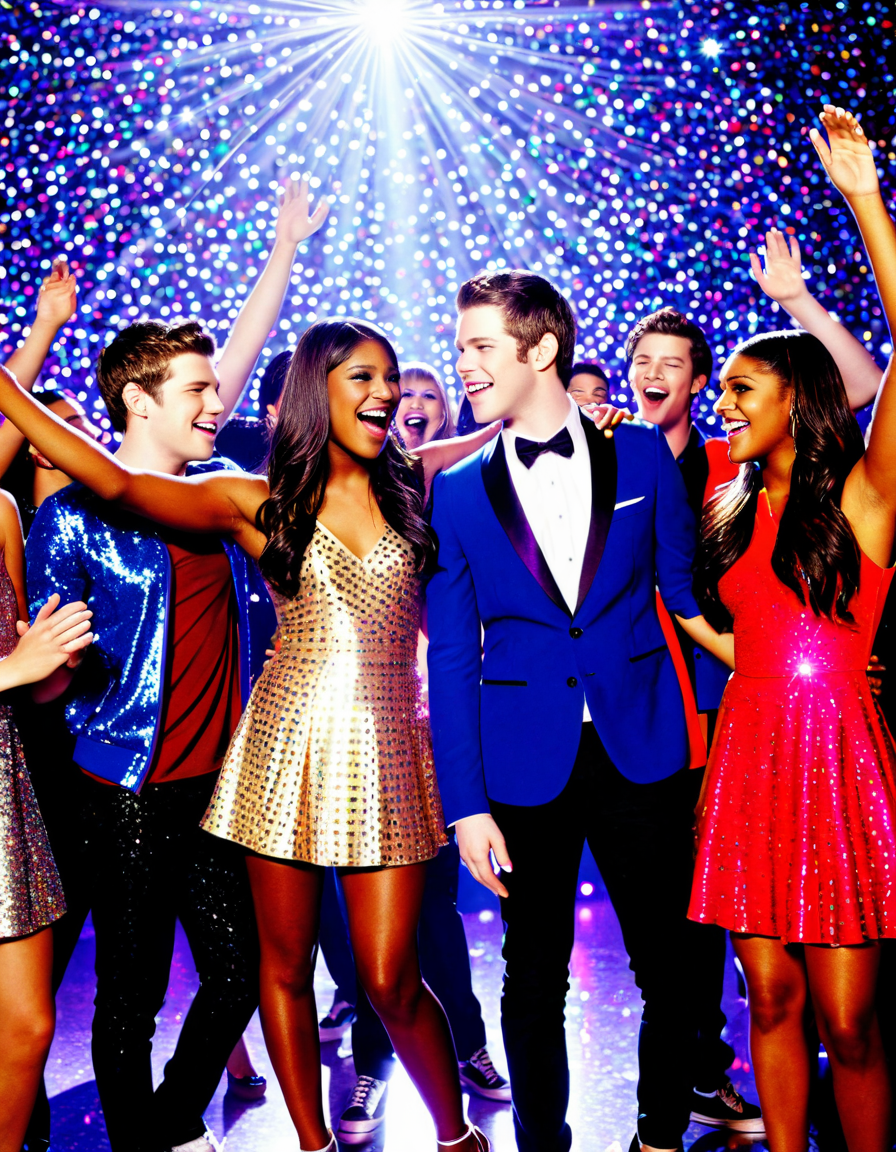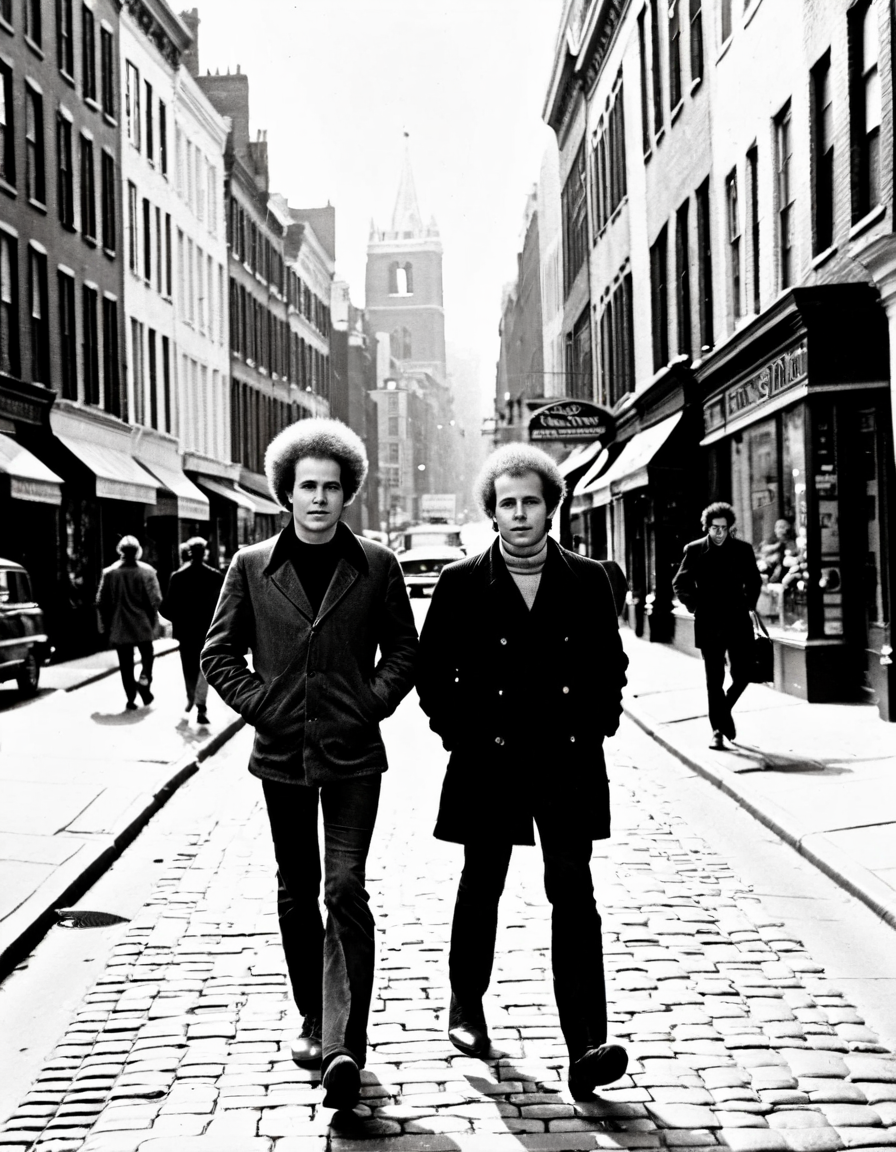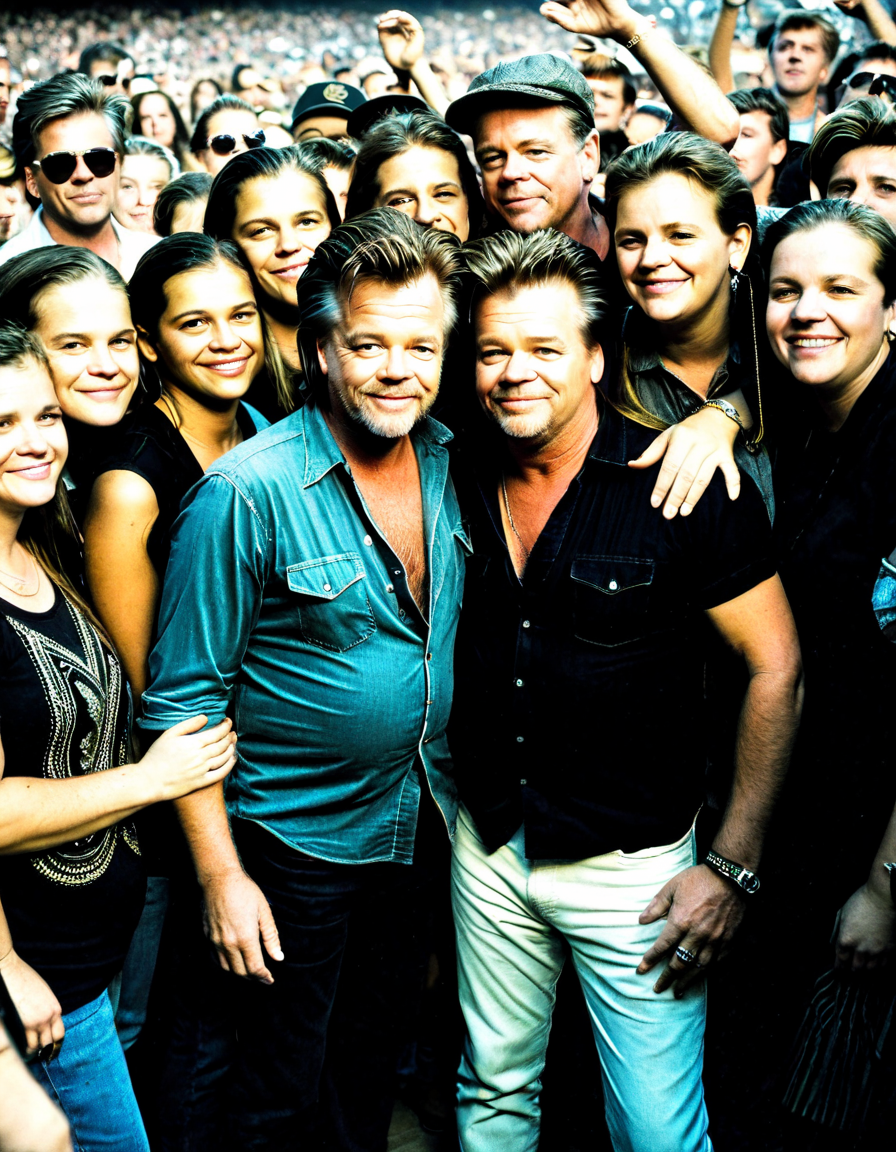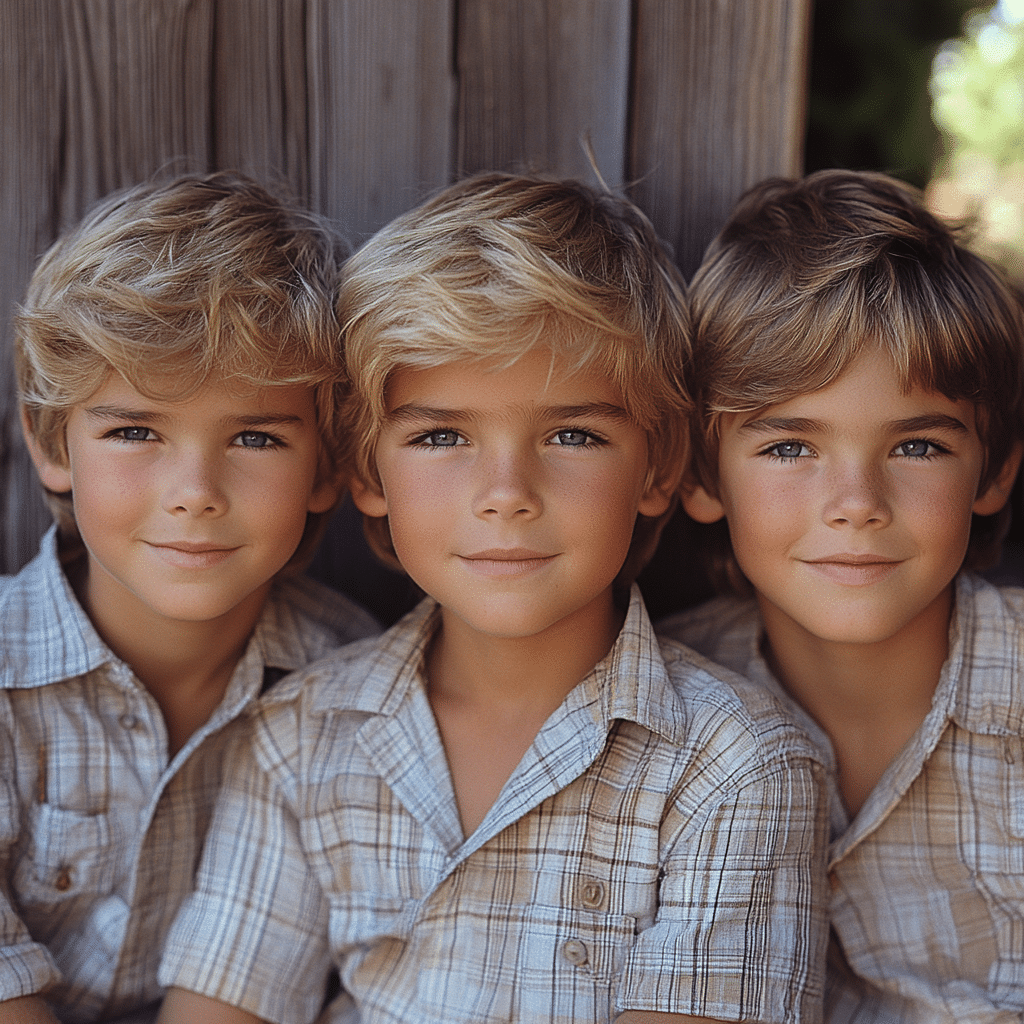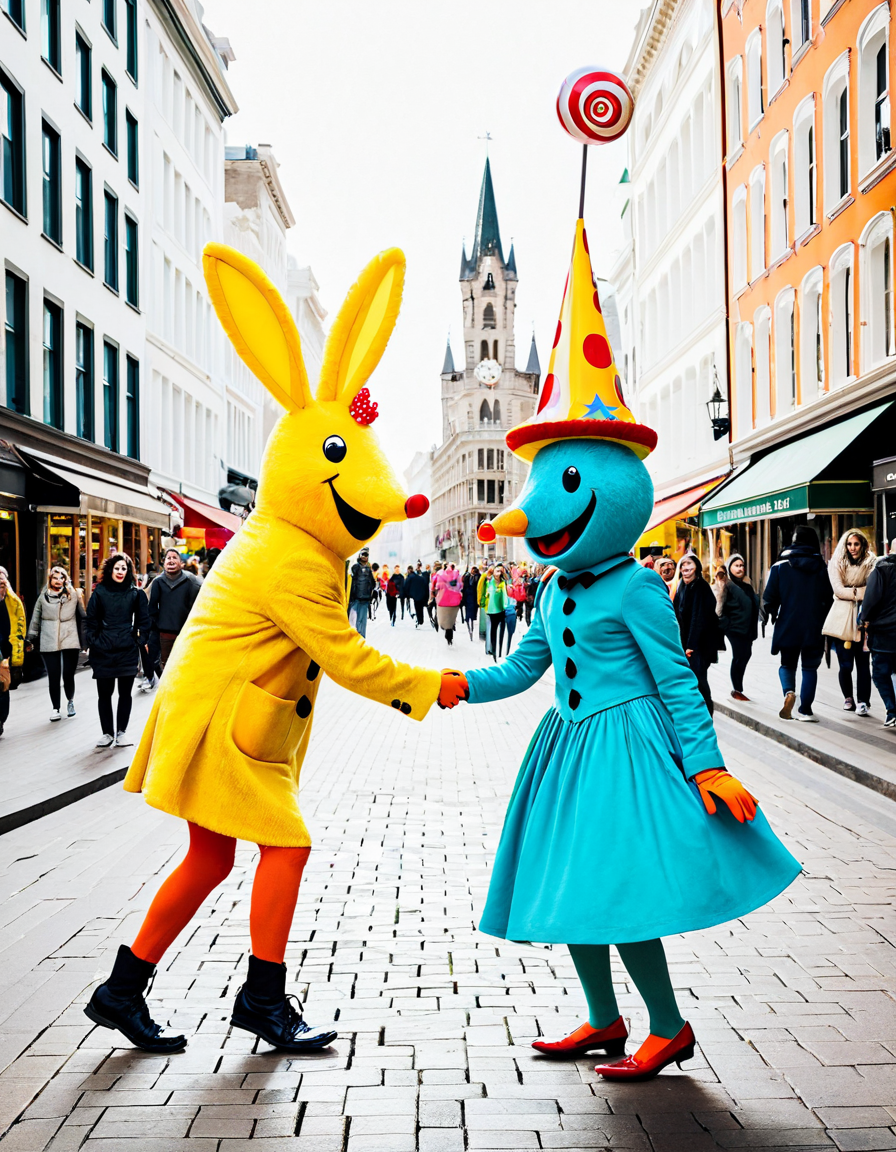When you hear “magical girls,” what pops into your mind? Sparkly transformations and endless candy-colored adventures, right? Well, grab your tissues because Madoka Magica takes that idea and flips it on its head like a tossed pancake! This anime series sends viewers through a labyrinth of emotions, showing us that with power comes a hefty price. If you haven’t seen Madoka Magica yet, or if you want to dive deeper into its murky depths, you’re in for a treat. Let’s embark on this emotional roller coaster together!
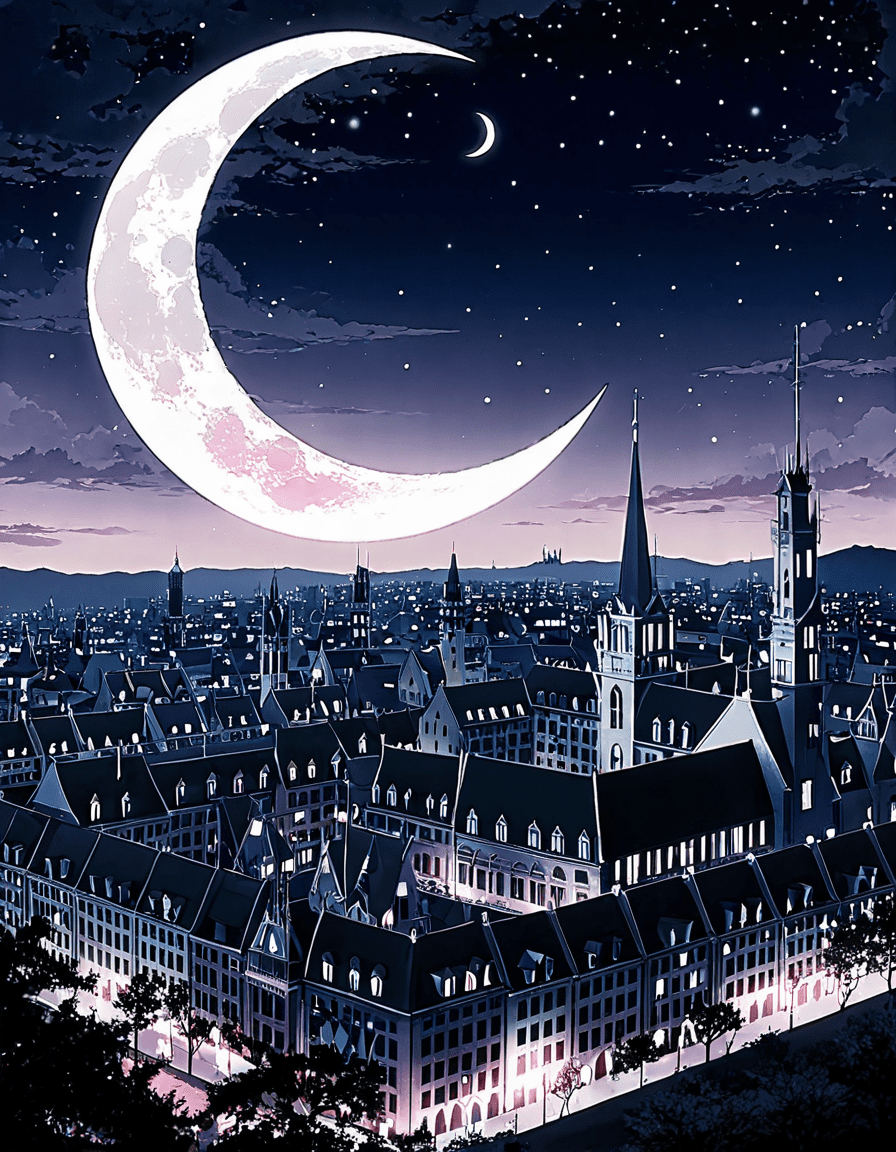
1. The Transformation of Magical Girl Trope in Madoka Magica
If you thought the magical girl genre was all about sunshines and rainbows, think again! Madoka Magica brilliantly redefines this trope, shedding light on the burdens and sacrifices that come with wielding magical powers. The characters, unlike traditional chirpy heroines, face grueling choices that illustrate the harsh realities of ambition and desire.
Each character embodies a facet of hope, fear, and the underlying darkness that resides in their hearts. Take Madoka Kaname, for instance. Her journey from a naive middle schooler to a pivotal player in a cataclysmic battle is one that resonates with many. This transformation speaks volumes about the pressures every young person feels as they navigate their growing ambitions. When we dive into Madoka Magica, we witness not just cute characters fighting evil, but young souls grappling with what it truly means to be a hero.
Alongside Madoka, characters like Homura Akemi and Sayaka Miki showcase the heart-wrenching costs of their choices. Instead of a cute pink-haired protagonist singing victory songs, viewers are met with complex stories that challenge the idyllic notions tied to the genre. Honestly, it’s like watching a fairy tale where the princess discovers she has to slay the dragon herself!

2. Top 5 Most Shocking Moments in Madoka Magica
Let’s talk about those jaw-dropping moments! Madoka Magica doesn’t just pull punches—it throws an avalanche of emotions at you! Here are the top five moments that made fans gasp, cry, and question everything they thought they knew about magical girls.
These jaw-dropping moments not only left audiences reeling but also sparked countless discussions about the themes of sacrifice, agency, and the costs associated with power. If you thought you knew what it meant to be a magical girl, think again!
3. Comparative Analysis: Madoka Magica and Doki Doki Literature Club
Now, let’s switch gears and see how Madoka Magica compares to another cult favorite: Doki Doki Literature Club. At first glance, they seem worlds apart, but dig a little deeper, and you’ll find striking thematic parallels that are downright fascinating.
Both narratives play with the concept of idealism versus harsh, unsettling realities. In Doki Doki Literature Club, players initially expect a typical romantic visual novel. However, as the story unfolds, it delves into emotional manipulation and psychological horror. Similarly, Madoka Magica presents itself as a lighthearted magical girl adventure only to plunge into dark themes of despair and sacrifice.
These thematic threads connect Madoka Magica and Doki Doki Literature Club, showcasing how storytelling can challenge societal perceptions of innocence and heroism in utterly captivating ways.
4. The Role of Suki Waterhouse in Shaping the Magical Aesthetic
Speaking of captivating stories and characters, let’s discuss Suki Waterhouse and how she embodies the magical girl aesthetic in modern culture. With her ethereal beauty and edgy style, she mirrors the nuanced representations of femininity we see in Madoka Magica.
Suki’s fashion choices often mix softness with an underlying strength, much like the magical girls. She walks that line between delicate elegance and fierce empowerment, similar to how characters like Madoka and Homura juggle their own vulnerabilities and powers. Whether she’s rocking glimmering gowns on the red carpet or layered cashmere Sweaters at brunch, Suki’s style resonates with the messages Madoka Magica delivers about individuality and strength.
In merging her fashion-forward persona with the themes of Madoka Magica, Suki Waterhouse represents a new wave of femininity—beautifully complex, resilient, and unapologetically strong.
Unraveling the Layers of the Magical Girl Phenomenon
In wrapping up our deep dive into Madoka Magica, it’s clear that this series is much more than just an anime about cute girls in frilly outfits. It serves as a powerful exploration of the ideals and expectations that surround the magical girl genre, revealing the heartaches and triumphs of youth along the way.
With its darkly beautiful narrative, Madoka Magica boldly critiques traditional notions of heroism and sacrifice. It invites viewers to dig deeper, look beyond the surface, and confront the reality behind the glittering facade of youth and ambition. From the game-changing moments that keep you on the edge of your seat to the cultural relevance embodied by icons like Suki Waterhouse, it’s evident that Madoka Magica influences storytelling across various mediums.
This series not only stands as a critical touchstone in anime history but continues to inspire discussions about femininity and power in our modern world. So the next time you think of magical girls, remember: there’s so much more than meets the eye!
The Dark Truth Behind Magical Girls: Madoka Magica
Unraveling the Mystique of Madoka Magica
Did you know that “Madoka Magica” originally came to life as a way to subvert the typical magical girl genre? This ambitious anime turned expectations upside down, showing the gritty side of wish fulfillment while tackling profound themes like despair and sacrifice. Launched in 2011, it quickly gained a cult following, paving the path for many series that challenged conventions much like the audiences embraced Harry Potter 7 for its darker themes! The show’s stunning visuals and unique storytelling set a new standard for the anime world, garnering essential acclaim.
And here’s a fun nugget for you: the character designs were penned by the acclaimed artist Ume Aoki, who must’ve had a field day creating distinct, if sometimes unsettling, figures that perfectly captured the show’s dual nature. Interestingly, google Lqnq Rhoqdes if you’re curious about how art styles contribute to the overall experience in media, and you’ll find layers to explore. You might even see parallels in other storytelling realms like what Eden Brolin brings in her roles, merging darker themes with the allure of fantastical narratives.
More Than Just a Pretty Face
While the kawaii aesthetic might draw in viewers initially, Madoka Magica isn’t just eye candy. The intricate plot reveals how the characters confront their inner demons, a notion reflected in media today, echoing trends from various genres, including the Horizon Chapter 2. For many fans, the show’s ability to seamlessly blend the enchanting with the horrifying resonates deeply, reminding us of how our desires can quickly spiral into nightmares. Looking at this from another angle, that emotional complexity is quite reminiscent of the Banshee cast where characters dance on the line between right and wrong.
On a lighter note, have you ever found yourself pondering the psychological impact of entertainment? The show’s influence extends into discussions around fandoms, much like the human gathering cult. It raises the question—what draws people to these characters, knowing how grim their stories can get? Understanding these layers can transform the viewing experience from mere entertainment to a thought-provoking saga that lingers long after the end credits roll. So, next time you dive into Madoka Magica, keep these insights in mind and savor its elaborately woven tapestry of storytelling.
